Leading market players are investing heavily in research and development to expand their product lines, which will help the Basmati Rice Market, grow even more. Market participants are also undertaking a variety of strategic activities to expand their global footprint, with important market developments including new product launches, contractual agreements, mergers and acquisitions, higher investments, and collaboration with other organizations. To expand and survive in a more competitive and rising market climate, the Basmati Rice industry must offer cost-effective items.
Manufacturing locally to minimize operational costs is one of the key business tactics used by manufacturers in the global Basmati Rice industry to benefit clients and increase the market sector. In recent years, the Basmati Rice industry has offered some of the most significant advantages to the food industry, including premium quality, distinctive flavor, and cultural significance in various cuisines. Major players in the Basmati Rice Market, including Adani Wilmar Ltd, ITC, East End Foods, TBA Suntra, Amira Basmati Rice Market, VSR Rice, The Rice 'n, Spice International Ltd., Kohinoor Foods, S.G.S.
International Rice Company., LT Foods is attempting to increase market demand by investing in research and development operations.
Adani Wilmar Limited is a subsidiary of Adani Group that specializes in consumer-branded goods (FMCG). The company develops consumable items for the Indian market, such as edible oil, wheat flour, rice, pulses, and sugar. Similarly, it has a consumer health and convenience brand portfolio consisting of Rice Bran oil, blended oil, soya nuggets, buffalo meat, rhyme kit, and khichdi. Their segments include Edible Oils, Food & FMCG, as well as Industry Essentials. The Horeca business Oil segment includes buying and processing of oil. The Food & FMCG segment is responsible for purchasing and producing food items for consumption. The Industry Essentials segment is focused on the activities of commodity trading and the production of chemical products. The product portfolio, which includes versatile oleochemicals, castor oil and its derivatives, as well as de-oiled cakes, is quite extensive. It sells all of its packed products in edible oil and food FMCG segments to consumer markets under various brand names, including Fortune, Raag, Bullet, Fryola, Jubilee, Aadhar, and Kohinoor. In May 2022, Adani Wilmar Ltd purchased the 'Kohinoor' trademark from McCormick Switzerland GMBH. The acquisition would enable AWL to own the trademark of 'Kohinoor' basmati rice as well as 'Ready-to-Cook' and 'Ready-to-Eat' curries and meals, which will be marketed under the umbrella brand of Kohinoor in India.
ITC runs a diversified conglomerate business. The company is a manufacturer of fast-moving consumer goods, hotels, paperboards and specialty papers, packaging, agribusiness, and information technology. The Company develops products under the brands of tobacco and leaf, foods, personal care, stationery, safety matches, incense sticks (agarbattis), paperboards and packaging material, specialty papers, and agribusiness. The major brands are bread brands Ashirwad, SunFest, Yippee!, Bingo, Farmland, Sunrise John Players, Gold Flake, Classmate, Aim, and Superfine Printing. The organization works in The United States of America, Canada, Europe as well as the South East Asian countries. ITC has its headquarters in Kolkata, West Bengal, India.


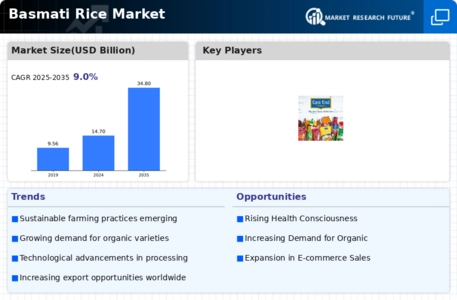
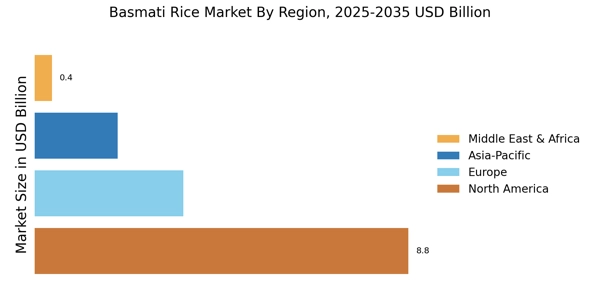
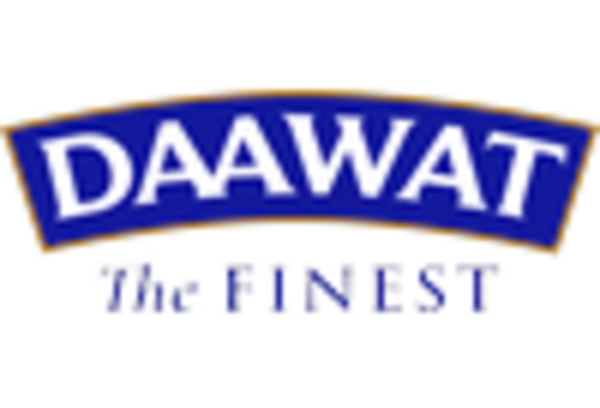
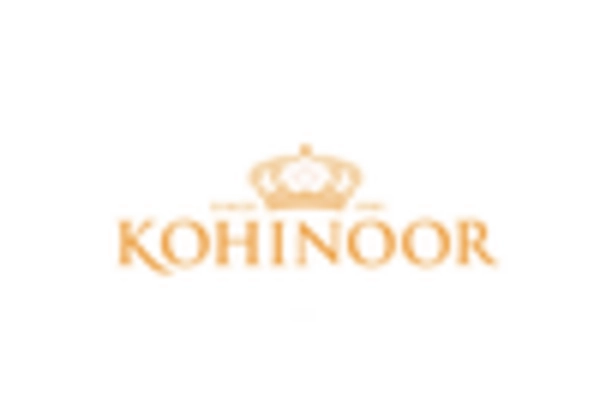
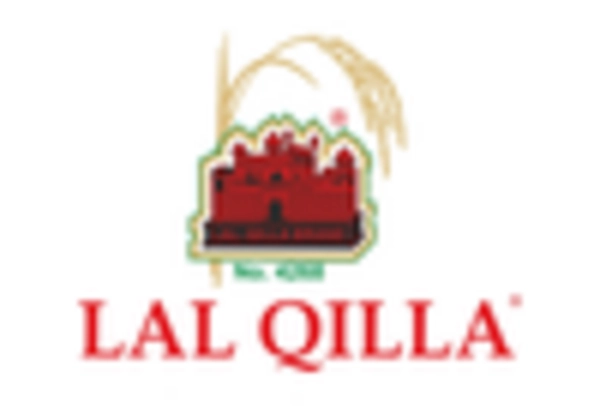

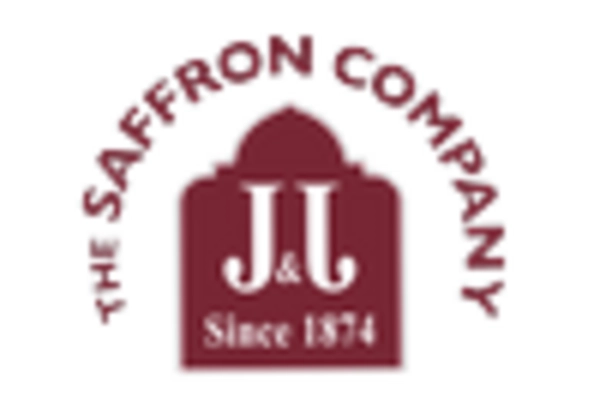
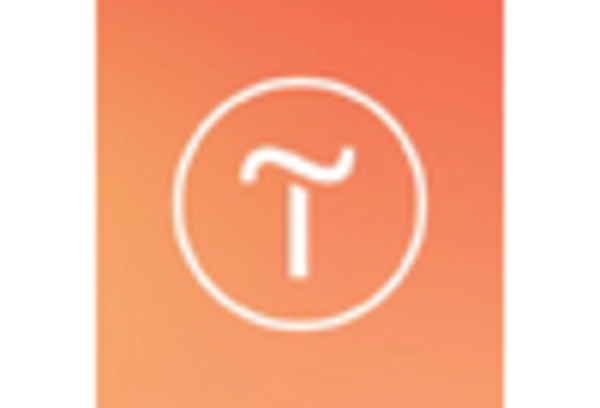








Leave a Comment